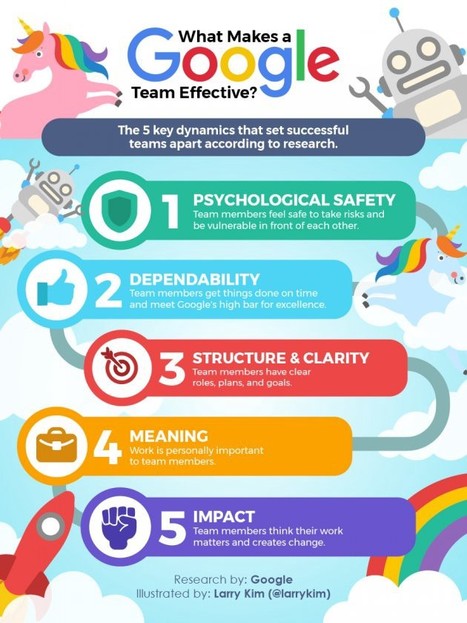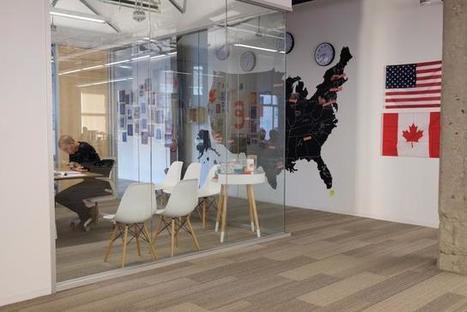
MicroLearning is a form of learning that delivers key concepts in as short an amount of time as possible. It is a short, sharp, just-in-time snippet. I like to think of microLearning as 'short enough to watch standing up on the job'. It's when you need a quick tip, brush up on a specific skill or have a moment to learn about new product between customers.
What are the 5 advantages of microLearning?
1. Timely Learning.The greatest advantage of microLearning is time. Imagine a manager racing through their day. They have a performance management meeting with an employee but have not had the time to read up on the correct procedure to follow. Or a railway engineer arriving at a broken down train and the broken axle is something he hasn't unbolted for 12 months. Neither of them have the time to scroll through three layers on the company's Intranet, find the LMS, log on and watch the 20-minute module.
What they want is to go to their phone, open an App, and BAM! There is the 3-minute microLearning video. It's all about timely learning.
2. Speed to Market.One of our clients is a global Japanese car manufacturer. They require an eLearning module for every new model released. They don't have months to plan for product training. They need learning NOW! What companies require is microLearning with rapid development that matches their timeline for product delivery.
3. Expiry DateLearning's expiry date is faster than ever. It used to be that a learning program would last a few years before it needs refreshing but with changing products, people and systems, learning is being discarded faster and needs to be produced cheaply, yet with quality. MicroLearning is a cost effective and fast way to develop training content, making it a win/win for the companies and the learners.
4. Pictures are powerfulAround 70% of millennials visit YouTube monthly. It is a large part of their life so it seems obvious that we should adapt learning to what they are familiar with. When millennials need to learn something, they watch a 2 minute YouTube video.
Research teaches us that if you hear something, after 3 days, you would have only retained 10% of what you learnt. If you then add a picture to that, retention increases to 65% - that's 6 times better! Using video in MicroLearning makes it stick. Our brain links what we hear to a picture and retention is greater.
5. MobileOne of our Pharma clients is investing in Asia. The people they are training in Asia have limited access to computers, but they all have smartphones. How do they train them? MicroLearning. They make it engaging, enjoyable, entertaining and most of all mobile compatible. The training is mobile, so that they can watch it standing up on the job, or sitting on the bus or train.
MicroLearning is certainly leading the way in creating new and exciting learning content, whilst making the process easier for both the companies and their employees. Send me a message if you'd like to find out more on our microLearning offering and what we can offer.
Chris Gaborit is managing director of The Learning Factor, an eLearning company who loves technology linked to learning. Follow him here on Linkedin, on Twitter @droneservicesAU and Instagram @idronefoto
Via The Learning Factor



 Your new post is loading...
Your new post is loading...
































That leader channel Im looking to deliver is closer than I think ... Micro learning is a key feature to set up and reinforce your core skills ...make them handy for associates to get to and keep them short... very short.